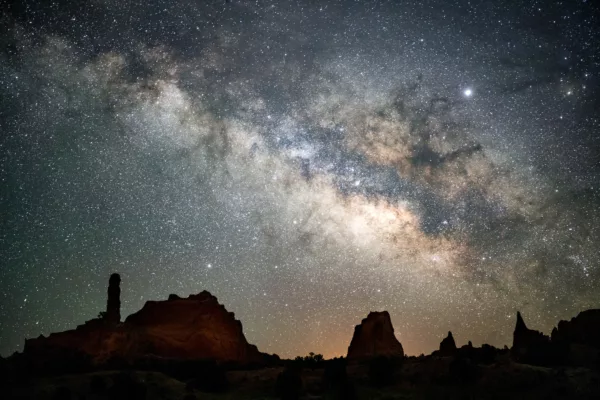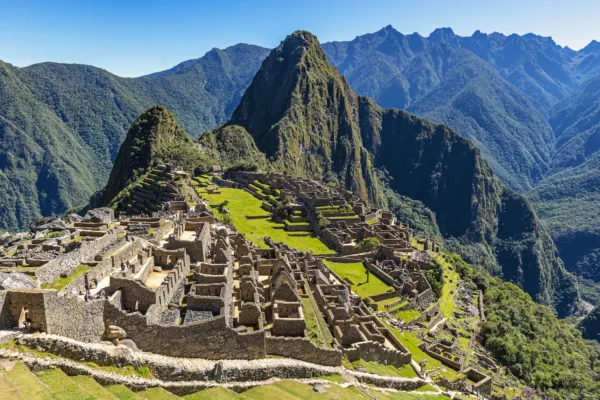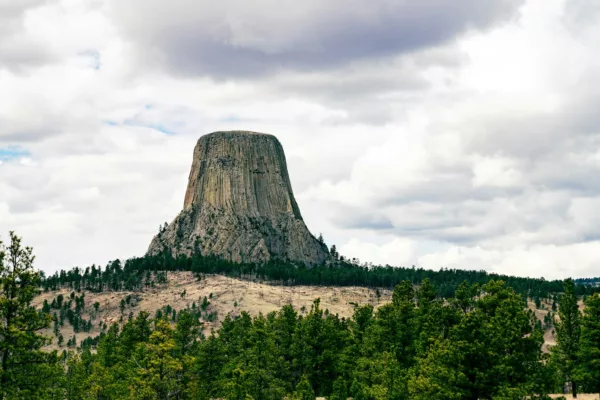Vicarious Adventure: Solo Canoe Trip on One of Yukon’s Wildest Rivers
It’s like it was built for me. I’m looking at a statue in front of the territorial capital building in Whitehorse, Yukon. The statue depicts an 1896 Klondike gold rusher and his dog. I get goosebumps when I read the insignia—“This Statue is Dedicated to All Those Who Follow Their Dreams.” It’s mid-July and I’ve travelled to Yukon to follow my dream: paddling a remote and challenging river deep in the northern wilderness.
Though Whitehorse was a shadow of its today-self in the 1890s, I can see that a remnant of the Gold Rush is still alive here. It wasn’t that long ago, really. My late-grandfather was seven years old at the time of the stampede. Many of those stampeders, for better or for worse, came here in search of a dream and to this day, that attitude still lives on north of 60.
I’m at Up North Adventures, a Whitehorse-based operator and I’m outfitting a 15-foot Prospector canoe with a spray deck. A couple guides ask me what river I’m paddling.
“The Hess,” I tell them. They just stare back, blank-faced. What makes them even more worried is that I plan to paddle it alone. The Hess is considered to be the most challenging canoe-able whitewater river in Yukon. And I plan to paddle the Hess and Stewart rivers; a total of 370 kilometres in just 15 days.

My jaw drops as the Selwyn Mountains appear on the horizon. Moments later, jagged and glaciated peaks surround me and I look toward the mountaintops through the floatplane’s window as the pilot splits two gigantic massifs. I’d boarded the plane in Mayo, 400 kilometres from Whitehorse; also the planned end point of my journey.
I’m deposited at a pristine mountain lake and I begin following a steep tributary to the Hess. Pretty soon, the creek drops big time so I pick up and bushwhack about two kilometres to reach the main river.
The water is low and boulder-strewn, with milky water. The cloudy flow is due to the nearby Keele Ice Cap and its ancillary melt-waters. It makes the boulders hard to see but due to meticulous scouting, I manage to navigate the multiple rapids unscathed.
It’s day five and something on the bank catches my eye. I pull over and clamber up a steep cut bank to find an old, traditionally built cabin. Squat and small, the cabin was chinked with moss and had a moss roof too. A tattered tarp looks like it had been used as cover in recent years, but the only piece of modern material used in its construction was a strip of plastic sheeting under the moss. The cabin looks to be several decades old but is in remarkably good shape; I can imagine the life of the trapper who likely still calls this place home for long periods of time during winter.
Several kilometres downriver, I pull over at the head of a whitewater-filled canyon to scout and I find a set of human footprints on the soft, black sand of a small tributary stream. There are no canoe marks and the prints seem totally out of place.

It’s early on day eight and I’m approaching an unmarked set of rapids in a canyon. It looks like a solid class III but there are a lot of irregular currents, holes and boils, plus the waves on the upper part are huge. I plan to run it—and I also choose to shoot for the waves at the top, even though they’re avoidable. I’ve been filming a lot of video on this trip with plans to edit a series of films for my YouTube channel, but being alone, I don’t have any whitewater images. Wouldn’t it be really cool to get a great image of me running this burly rapid for my explore magazine story?
Heading into the rapid, the initial wave train is a lot more irregular than I anticipated. I dump on the second wave and become separated from my canoe. I wash through the canyon and continue to float some distance downriver. Climbing out of the water, I look upriver for my canoe and can’t see it—I’m petrified. I think it has washed under a ledge and become irretrievably pinned underwater. I feel to make sure my InReach satellite communicator and survival kit are still on me.
Walking back, I’m relieved when I see my canoe. It’s in a large eddy at the side of the rapid and partially lodged on shore. To reach it, though, I have to scale a steep rock face. Right as I make my way down, my canoe becomes dislodged and after circulating in a large eddy, just out of arm’s reach, it’s kicked into the current and washes downriver. I see my spare paddle come loose and float away from the boat. My other paddle is still in my hand. Better not drop this.
I waste no time and jump into the river to swim after my canoe. Eventually, I see that I will catch up to the canoe—but it’s exhausting work. The current in the Hess is fast and by the time I reach my canoe, I’m almost a kilometre downriver.
While hauling my canoe onto the bank I also see my lost paddle float by and quickly snatch it out of the river. All is well—except now I have to walk back up-river to retrieve my camera. Sigh.
A little way downriver I see a battered canoe on the bank. Clearly, things hadn’t worked out as well for a previous party.

It’s day nine and I’m ahead of schedule on the Stewart River. I’ve spotted grizzly, black bear and moose, and caught Arctic grayling and lake trout. I’ve been making good time despite my concerns of falling behind earlier in the trip. The current is fast and, really, when I’m out here solo there isn’t much else to do other than paddle.
With about 100 kilometres in front of me, I realize I’m going to finish early. I pull out my InReach and send a text to my wife. Turns out, Up North Adventures will have a shuttle in Mayo the following day. Otherwise, it’ll be five days until they’re back. I put my head down and paddle hard, stopping briefly at a smoldering forest; a large burn that had only recently ended. Night falls and I’m still paddling. Fighting exhaustion, I get a little disoriented more than once. When the veil of darkness lifts some three- and-a-half-hours later, I see a floatplane docked on shore. I make it back to Mayo at 4:00 a.m. on day 11 after a 20-hour marathon slog.
Back in Whitehorse, an old-timer pulls up a stool next to me at the Dirty Northern, a classic local watering hole. I’m celebrating a successful trip and being a little starved for conversation, I tell him where I’ve just been.
“There are still a few old gold hermits living on the land out there… ‘watch your back’ type of stories—and don’t pan the creeks,” he explains, with a serious tone. My mind returns to the footprints I had seen.
Gold hermits—who else could it have been?
Canoe Gear You Need For Your Next Paddling Adventure:
When you purchase something via the links in our articles, we may earn a small affiliate commission. Read more about our policy.














